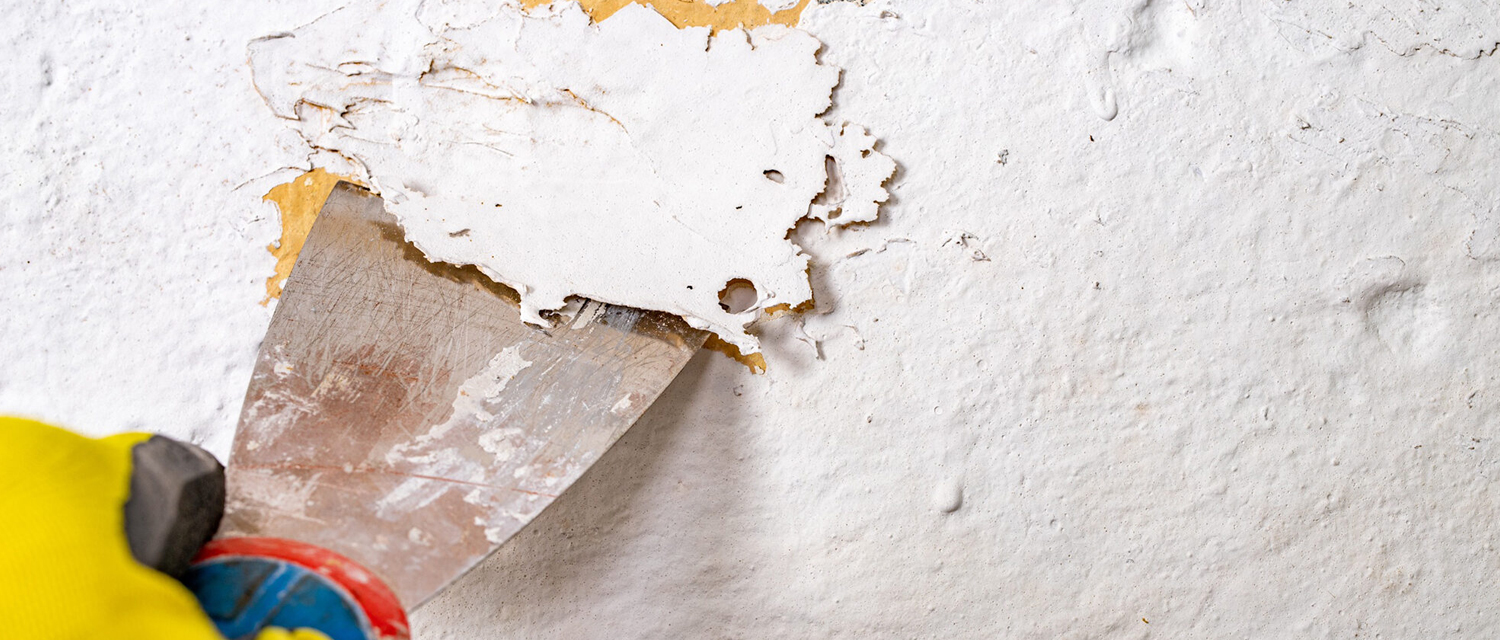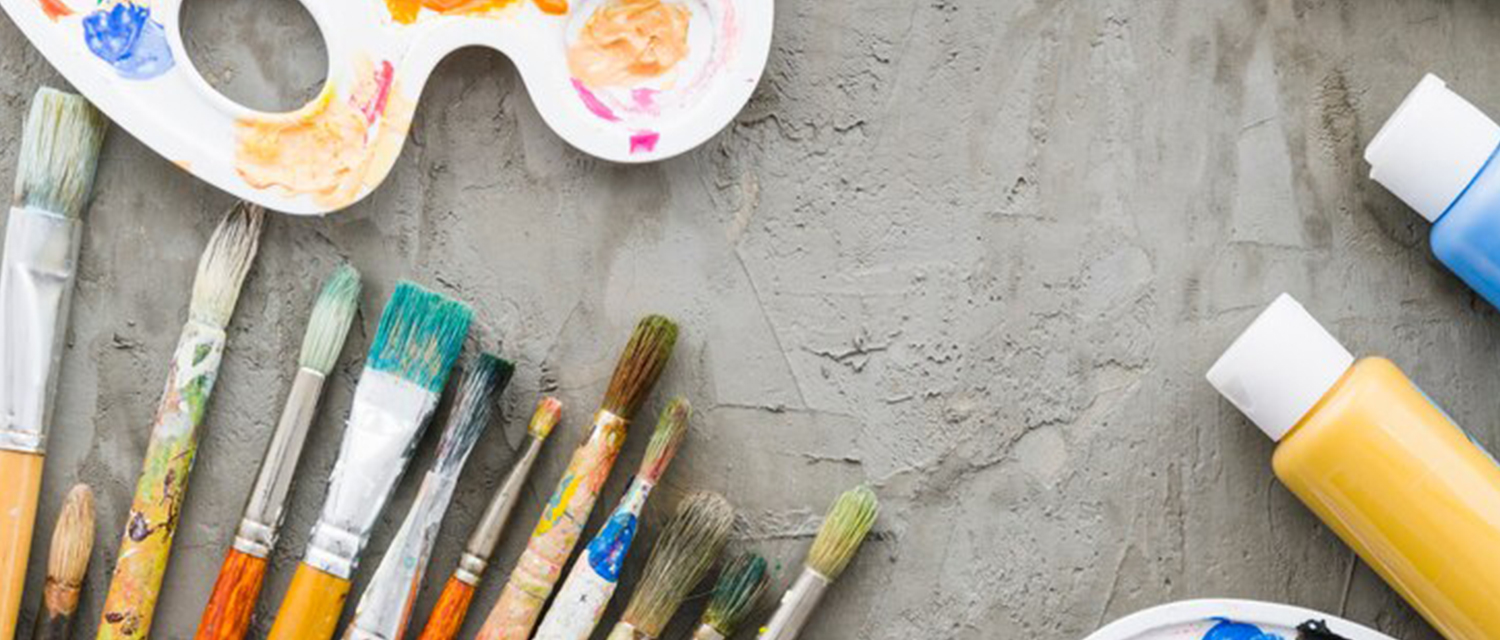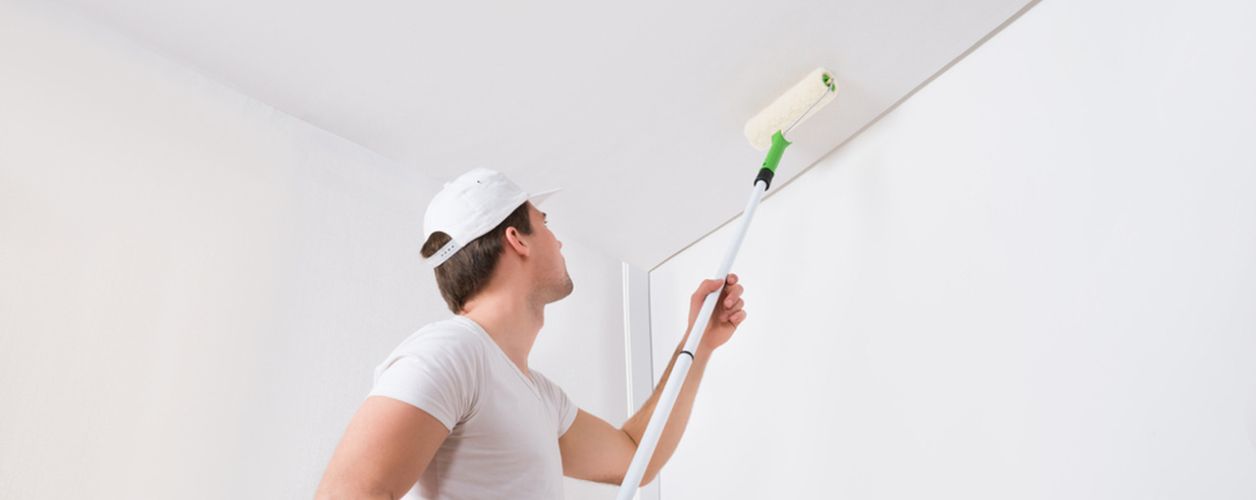Get free quotes within minutes
How to Remove Lead Paint Safely?

Table Of Content
- Introduction
- Lead Paint Removal - A Step-by-Step Guide
- Step 1: Identifying Lead Paint
- Step 2: Preparation Before Professional Lead Paint Removal
- Step 3: Remove the Lead Paint
- Step 4: Post-Removal Cleanup
- Step 5: Ongoing Maintenance
- Potential Issues That Might Contribute To Paint Damage
- Conclusion
Lead paint is known to be a major health risk, particularly for children of tender ages. Lead paint when chipped or worn off, produces lead dust that can either be inhaled or ingested causing lead poisoning. This condition can lead to developmental delay, learning disability and other serious health complications. Any house that was constructed before 1978 might be affected since lead paint was prohibited for use in houses during this year. If you are sure that your home was painted with lead-containing paint, then it is best to immediately ensure the health of your family and think about how to remove the paint or carry out other necessary repair work. You have two choices- either you can hire Affordable House Painters Nearby or DIY. Lead paint results in different health complications including kidney failure, anemia, and neurological disorders. Lead dust is particularly lethal even if it is in small quantities. It is essential to remove this paint safely to protect the quality of the indoor living space.
Lead Paint Removal - A Step-by-Step Guide
Step 1: Identifying Lead Paint
Before you strip the lead paint off, you must first be sure that the paint contains lead. Here’s how you can identify lead paint in your home:
- Check the Age of Your Home: There is a high likelihood of lead paint if your home was constructed before 1978. It is equally important to have testing to confirm results.
- Inspect the Paint: Search for other signs of ageing for example any signs of split such as alligator scales or wrinkles. Such signs may indicate that the paint contains lead.
- Test for Chalky Residue: Wipe the paint with a cloth. If it leaves a chalky residue, it probably contains lead. This residue means that the paint is chalking and chalking can flake off and release lead particles.
- Old owners of the houses might have painted over lead paint in the house. Look behind baseboards, closets or appliances where other layers of paint might be hiding.
- Get a Lead Test: If you have kids below the age of five or pregnant women within the household, it is advisable to get a lead exposure test from a medical professional. Lead is toxic to pregnant women and the fetus hence testing and preventing lead exposure is crucial.
Step 2: Preparation Before Professional Lead Paint Removal
Lead paint removal can be very dangerous and should therefore not be attempted as a do-it-yourself project. Here’s how to prepare the area before your lead removal expert arrives:
- Wear Protective Clothing: Make sure you wear your protective clothing and gear when going into the contaminated zone. This includes goggles, shoe covers, coveralls, a face shield and gloves. Make sure these items are washed separately in order not to be contaminated.
- Clear the Area: Clear the room of all the items of use including furniture, curtains, rugs and any other object that may be moved. For items that cannot be moved, cover them with a plastic sheet and tie them up tightly with duct tape. This ensures that lead dust does not fall on them.
- Cover the Floors: Spread plastic sheeting all over the floor area and make sure that the plastic extends at least six feet away from the lead paint. Tape the sheeting down to the trim with duct tape to help keep the dust out from under the sheeting.
- Close the Windows: Make sure that the windows in the room where lead paint is being removed are closed. This slows the flow of air that is responsible for spreading lead dust to other areas of the house.
- Turn Off Your HVAC System: It is recommended to shut off your heating and cooling system to ensure that you do not spread lead dust through your home’s ventilation system. Place plastic sheets over air vents and fix them with duct tape to help prevent any dust from dropping into the ducts.
- Create an Airlock: If the contaminated area is big enough then the designer has to make a lock chamber at the entrance so that no dust is carried forward to other areas. Cover the entrance with tape plastic sheeting, which should be trimmed to the halfway point. Place another layer of plastic sheeting over the opening of the slit and secure the sheeting at the top with tape.
Step 3: Remove the Lead Paint
Lead paint removal is a process that is best left in the hands of professionals with certification in that area. Here’s an overview of the methods (Stripping, Scraping, and Sanding) they might use:
- Hand Stripping: This involves washing the surface with water to minimize dragging of dust, and then physically removing the chipped paint. Sanding may follow to make the surface smooth. This process typically costs between $8 and $17 per square foot and is considered a permanent solution.
- Chemical Strippers: New types of chemical paint strippers that do not include methylene chloride are used. These strippers then chemically interact with the paint at a molecular level to precipitate the lead. This method must also be handled and cleaned well to leave no traces of lead behind.
- Heat Gun: A low-temperature heat gun is used as a tool to loosen the paint so that it can be scraped off easily. The heat gun should be set lower than 1100 degrees Fahrenheit to prevent the emission of toxic gases. Heating is done to soften the paints when scraping them off the surface is done. This method also costs between $8 and $17 per square foot and is permanent.
- Enclosure: This includes encapsulating lead-painted surfaces with new drywall or other barriers. This method ranges anywhere from $9 to $10 per square foot. It is effective but not permanent because the lead paint can be reexposed if the new surface is damaged or peeled off.
- Demolition and Replacement: This involves scraping off and repainting of entire lead-painted parts like the window casings. Prices are relatively low and can be anywhere from $1,000 up to $15,000 per project. It is permanent but may also be more expensive. When the underlying surface is old or damaged it is suitable to be used in the construction process.
- Encapsulation: Encapsulation is the process of applying a clear sealant over the lead paint so that it cannot come out easily. This method is cheap as it costs between $4 and $8 per square foot. It is not very complicated to implement, but it is also not very durable because the coating may deteriorate gradually.
Step 4: Post-Removal Cleanup
It is also important to clean once the lead paint is scraped to avoid any presence of lead dust.
- Remove Protective Sheeting: Gently remove plastic covers from the floor and other furniture surfaces. Use proper precautions so as not to spread dust.
- Clean the Area: Clean all the surfaces and lead dust using a vacuum cleaner with High Efficiency Particulate Air (HEPA). Mop the floors with a wet mop to cover all the areas on the floor and wipe the surfaces.
- Dispose of Waste: Dispose of all collected wastes appropriately including plastic sheets used during collection and other wastes that may have been contaminated. It is important to adhere to local laws when it comes to the disposal of hazardous wastes.
- Check for Residual Lead Dust: Check for lead dust remaining in the area after cleanup to confirm that the area is safe to use.
Step 5: Ongoing Maintenance
Maintaining a lead-safe environment is crucial to prevent future risks.
- Regular Cleaning: Maintain frequent cleaning of the floor and other accessible surfaces with the HEPA vacuum cleaner and damp clothes to minimize the presence of lead dust.
- Inspect Painted Surfaces: Check for signs of paint degradation regularly. It is crucial to address any of these problems as soon as possible so that there will be no risk of lead exposure.
- Keep the Area Dry: Seal any cracks or dampness to ensure that the paint does not wear out and to eliminate the formation of lead dust.
- Educate Your Family: Inform all members of the family about the ways through which they can avoid exposure to lead. Do not let children touch anything that may contain lead dust or flaking paint on the surface.
Ensure compliance with dust control procedures such as demarcating the work area, avoiding the mixing of the work area with other working areas, and ensuring that lead dust is contained well. Ensure that children and any other individuals who may be in the house are cleared from the working area. Make sure that the workers are wearing protective clothing and equipment as well as clean up every evening.
Potential Issues That Might Contribute To Paint Damage
- Moisture From Outside: Look for signs of roof leakage, skylight leakage, window leakage, and pools of water around the foundation.
- Moisture From Inside: Tackle condensation problems, water leakage, and inadequate seals.
- Rubbing and Impact: Avoid painting doors, and windows, as well as trim areas that may get damaged through usage eventually.
- Dust and Paint Chips: To avoid dust and paint chips building up, clean flat surfaces frequently.
- Structural Damage: Repair problems in the construction that may have led to paint failure such as dry rot and foundation movement.
Conclusion
With these detailed procedures, you avoid any health hazard or further deterioration of your home as well when removing lead paint. When dealing with lead paint, always ensure safety to avoid inconvenience and get expert contractors for the right results.













